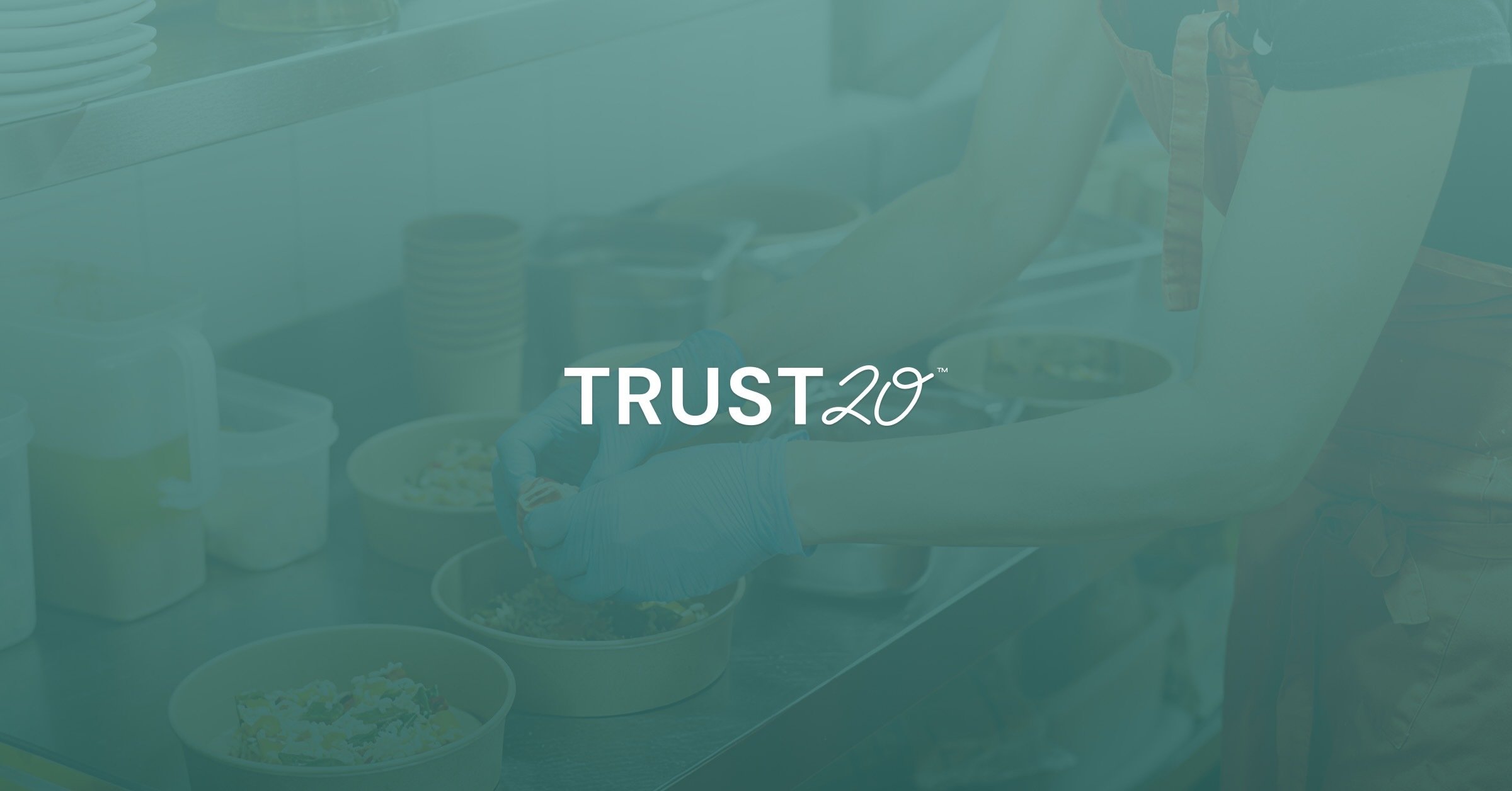Cross-contamination and cross contact are often used interchangeably, but when you get down to the nitty-gritty, their actual definitions are different. They are both important components of safe food handling practices and how they differ can help anyone in the foodservice industry prevent outbreaks of foodborne illnesses and other health crises.
Let's separate them to break down their key components:
Cross-contamination
Cross-contamination occurs when harmful bacteria or viruses are transferred from one substance to another during the food preparation process. It is one of the most common ways that food becomes unsafe.
Types of Cross-contamination
There are three main types of cross-contamination: food-to-food, equipment-to-food, and people-to-food.
Food-to-food
Raw, undercooked, and incorrectly washed foods can all be host to harmful bacteria like E. coli, Listeria monocytogenes, and Salmonella. Food-to-food contamination occurs when contaminated foods come into contact with uncontaminated foods.
According to Healthline, foods that pose the highest risk for contamination include raw meat, poultry, seafood, and eggs along with leafy greens, bean sprouts, leftover rice, unpasteurized milk, soft cheeses, and deli meats.1
With that in mind, you should pay close attention to the expiration and “best by” dates on all the ingredients in use–and be careful not to fall prey to the common food safety myth that if foods look and smell safe to eat, they are indeed safe.
Equipment-to-food
Bacteria and viruses can live on food contact surfaces for long periods of time. The cleanliness of the utensils, cutting boards, countertops, and storage containers used to prepare meals is critical to food safety.
Some common examples of equipment-to-food contamination occur when someone:
-
places a newly cooked hamburger on the same plate that held the same patty when it was raw
-
uses the same cutting board and knife to cut raw meat followed by vegetables that will be consumed raw
-
neglects to properly wash, rinse, and sanitize their equipment
People-to-food
The human element is often forgotten when people are discussing food safety practices. People-to-food contamination occurs when harmful pathogens are transferred from a person’s body or clothes. Maintaining good personal hygiene and handwashing habits are the best strategies to prevent people-to-food contamination.
Cross Contact
The way we talk about safety for people with food allergies has evolved as those allergies have become more and more common. Cross contact is a term specifically used when discussing allergens. It is defined as a food being transferred to another food during the storage, preparation, or cooking process.2 Similar to cross contamination, cross contact can occur because of food-to-food, equipment-to-food, and people-to-food contact.
Types of cross-contact
There are three main types of cross-contact: food-to-food, equipment-to-food, and people-to-food.
Food-to-food
The kitchen is a fast-paced environment and it can sometimes be difficult to spot an allergen risk on the fly. Being mindful of where some of the most common allergens show up on your menu can save you and the whole kitchen a lot of time (and risk!).
Some strategies for preventing this kind of contact include:
-
communicating with the expo team to ensure cheese doesn’t make it onto a salad for someone who is lactose intolerant
-
reading the label of a sauce to ensure it doesn’t have peanut oil in it before serving it to someone with a peanut allergy
Equipment-to-food
The oil, dust, and/or residue from foods are often invisible to the eye. Similar to preventing cross-contamination, following best practices for washing, rinsing, and sanitizing equipment can help prevent an allergic reaction in your customers. It is always a best practice to use separate equipment for preparing allergy-safe foods.
People-to-food
Particles of allergenic foods can linger on a person’s clothes and bodies just as much as dangerous pathogens. This means the personal hygiene best practices that protect people from foodborne illnesses also protect people from allergic reactions.
The Takeaway
Cross-contamination and cross contact are both elements of food safety. Understanding their definitions can help you better protect customers from both foodborne illnesses and allergic reactions. Consider using Trust20's Food Allergy Certificate Training from our suite of products To thoroughly understand and implement food safety best practices in your establishment,
To sum it up: cross-contamination means a food has become unsafe for anyone, and cross contact means that a food might be unsafe for some.
Sources:
- Healthline: Bacterial Cross Contamination: All You Need to Know
- Thrive: Cross-Contamination, Cross-Contact, & Food Safety at Your Event






.png)

.png)
